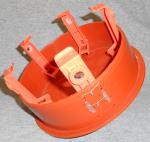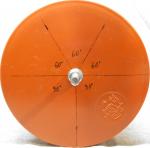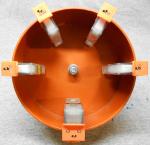- Thread starter
- #51
- Joined
- May 6, 2011
- Messages
- 505
- Reaction score
- 203
- Points
- 183
- Location
- Cluj-Napoca, Romania
- Printer Model
- Epson L800, 1400; ML-2165W
While waiting for your reply I began testing the cli-521 cartridge. I couldn't believe what happened to the first cartridge, so I tested another. And another. And another...
http://www.youtube.com/watch?v=jQc44AbPEZw
cli-521 flushed with demineralized water and dried using a centrifuge (2min).
Initial weight - 14,4g with clip
Final weight - 21,6g with clip
Ink absorbed in the sponge with both vent and exit port closed - 3,2g
Ink used: Image Specialists - Cyan [244D]
lin I will upload your cli-8 video tomorrow, after I do another test on it.
http://www.youtube.com/watch?v=jQc44AbPEZw
cli-521 flushed with demineralized water and dried using a centrifuge (2min).
Initial weight - 14,4g with clip
Final weight - 21,6g with clip
Ink absorbed in the sponge with both vent and exit port closed - 3,2g
Ink used: Image Specialists - Cyan [244D]
lin I will upload your cli-8 video tomorrow, after I do another test on it.





